Snowboarding is an exhilarating sport that combines the thrill of speed with the beauty of the snowy mountain landscape. However, for beginners, one of the most crucial skills to master is how to stop on a snowboard effectively.
Stopping is not just about safety; it's about having complete control over your ride. In this comprehensive guide, we'll walk you through the steps and techniques to bring your snowboard to a halt, whether you're cruising down a bunny hill or tackling more challenging slopes.
Key Takeaways:
- Learn the basic techniques for stopping on a snowboard using both the toe edge and heel edge.
- Understand the importance of body positioning and balance control for effective stopping.
- Discover beginner snowboarding tips to help you progress faster and avoid bad habits.
Understanding the Basics of Snowboard Stopping
Before you hit the slopes, it's essential to have a good idea of the basic principles behind stopping on a snowboard.
The two primary methods involve using your toe edge and heel edge. These edges are the sides of your snowboard that run parallel to your feet and are the key to controlling your speed and direction.
By applying pressure to these edges, you can slow down and eventually bring yourself to a complete stop.
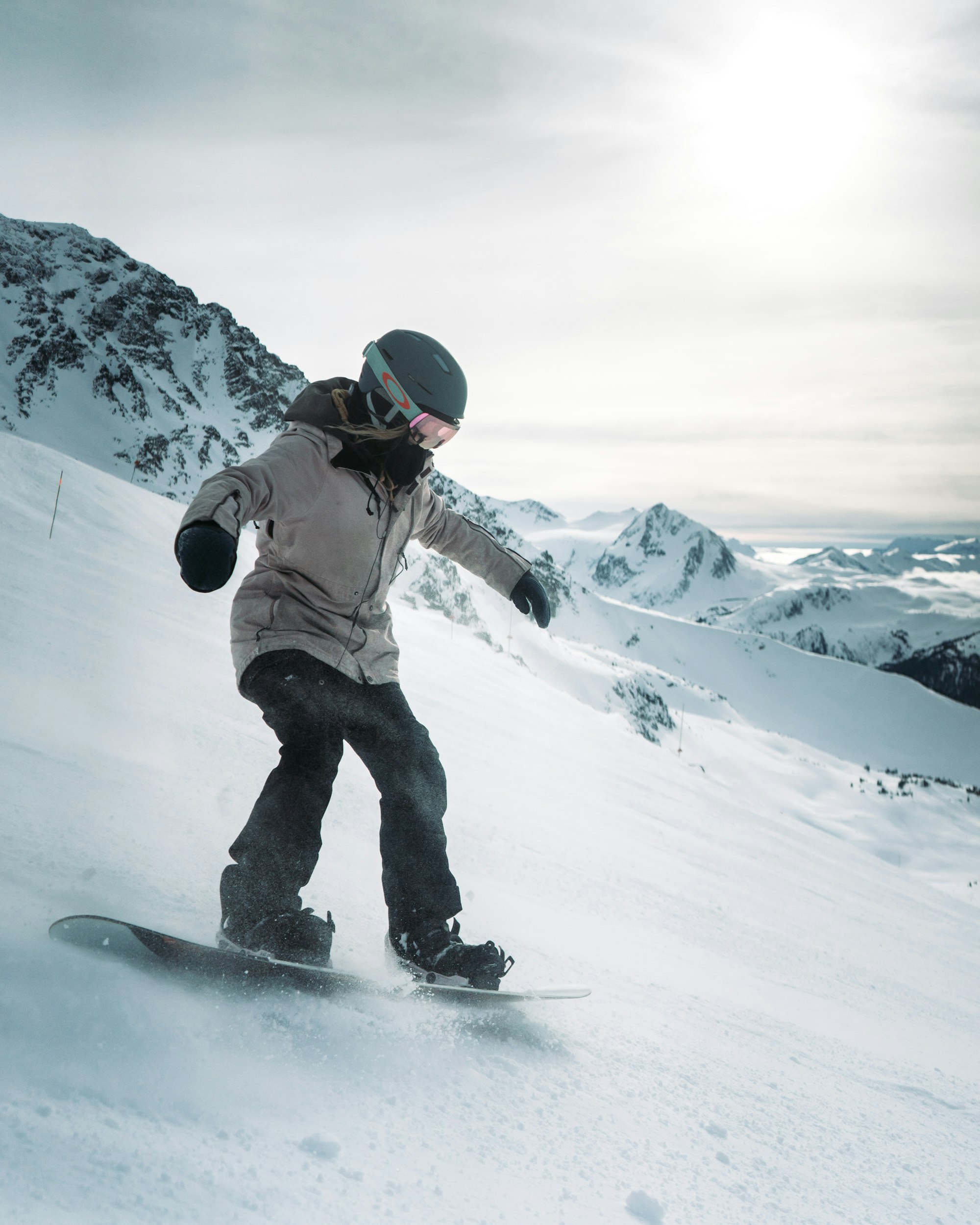
The Role of Body Positioning
Body positioning is critical when learning how to stop on a snowboard. Your upper body, knees, and feet all play a part in effectively reducing your speed.
To stop, you'll need to shift your weight and adjust your stance, ensuring your knees are bent and your body is leaning in the right direction.
This balance control is what allows you to engage the edges of your snowboard and dig into the snow to slow down or stop.
Stopping on Your Heel Edge
To stop using your heel edge, you'll want to start by riding with your knees bent and your weight centered over your board. As you prepare to stop, begin to lean back slightly, pushing your heels down and pointing your toes up.
This action will engage the heel edge of your snowboard, creating friction against the snow and slowing you down. It's important to keep your head up and look in the direction you want to go, as your body will naturally follow your head and shoulders.

Heel Edge Stopping Technique
Imagine you're sitting down in a chair as you push your heels out. This will force the heel edge to dig into the snow, acting as a brake. Keep your back foot slightly more pressure than the front to maintain balance control and avoid spinning out.
Practice this technique on a gentle slope until you feel comfortable with the amount of force needed to bring yourself to a complete stop.
Stopping on Your Toe Edge(toe side)
When stopping on your toe edge, the same principles apply, but in reverse. Begin with your knees bent and your weight evenly distributed. As you slow down, shift your weight forward and press down on your toes. Your heels should lift slightly, engaging the toe edge.
This edge will cut into the snow, reducing your speed. Keep your upper body aligned with your board and avoid leaning too far forward, which can cause you to tumble.
Toe Edge Stopping Technique
Think of pressing down on a gas pedal with both feet, especially emphasizing the pressure on your front foot. This will engage the toe edge more effectively. Your knees should remain bent to absorb any bumps and maintain balance.
With practice, you'll learn to modulate the pressure on your toes to control your speed and eventually come to a stop.
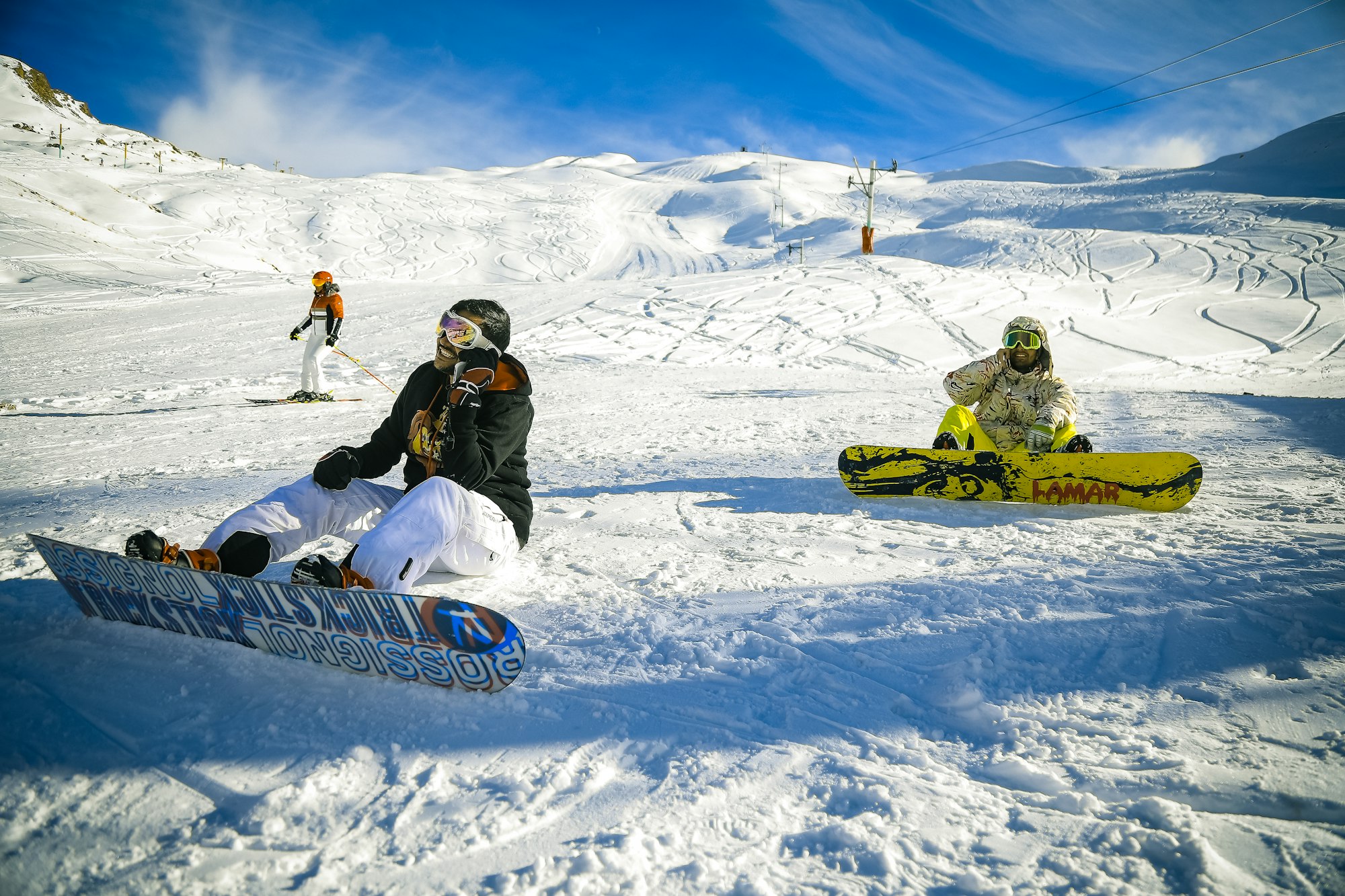
The Importance of the Fall Line
The fall line is the most direct line down the slope and is where gravity naturally pulls you. Understanding the fall line is crucial when learning how to stop on a snowboard because it helps you anticipate how your movements will affect your descent.
When stopping, you'll want to move across the fall line rather than straight down it, which allows you to control your speed more effectively.
Using the Fall Line to Your Advantage
By traversing the slope and making your turns perpendicular to the fall line, you can reduce your speed gradually before coming to a stop. This technique is particularly useful for beginners who may not feel comfortable stopping quickly.
It's also a great way to practice balance control and get a feel for how your snowboard responds to different movements.
Common Mistakes to Avoid
Many beginners develop bad habits early on, which can hinder their progress. One such habit is relying too much on the back foot to stop, which can lead to loss of control.
Instead, focus on using both feet to engage the edges of your snowboard. Another mistake is stiffening the legs instead of keeping the knees bent, which reduces your ability to absorb variations in the terrain.
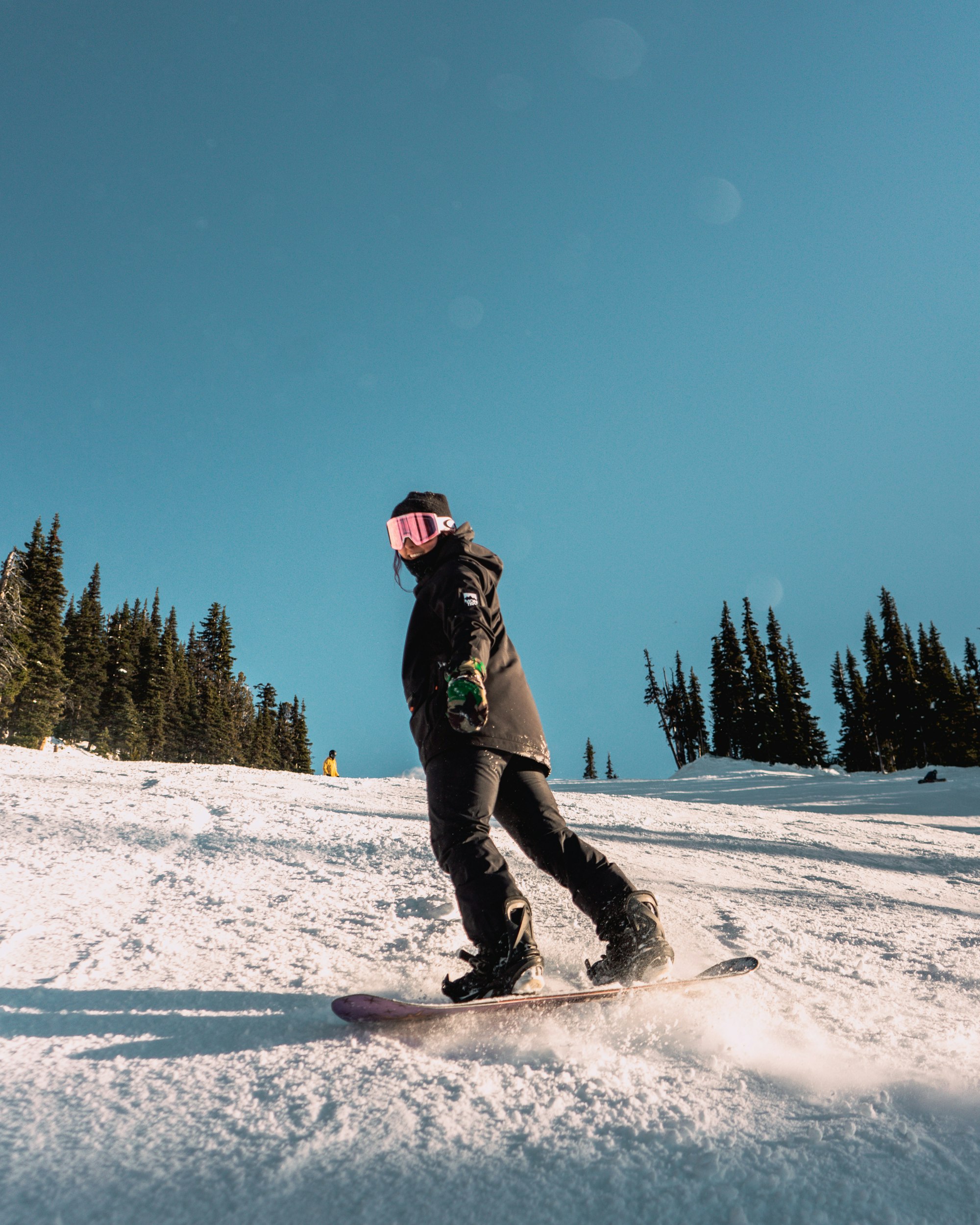
How to Progress Faster
To progress faster in snowboarding, it's essential to practice consistently and be mindful of your technique. Avoid rushing to more advanced slopes before you're ready, as this can reinforce bad habits.
Take the time to master stopping on a bunny hill or a gentle slope before moving on to steeper terrain. Additionally, consider taking a lesson from a qualified instructor who can provide personalized feedback and guidance.
Choosing the Right Gear
Having the right snowboard boots and bindings can make a significant difference in your ability to stop effectively. Boots should offer good support and allow you to transfer energy to your board efficiently.
Bindings should hold your boots securely and provide the responsiveness needed to engage your edges quickly. Visit a reputable snowboard shop or website to get fitted properly and find gear that suits your riding style.
Practice Makes Perfect
Like any skill, stopping on a snowboard takes practice. Spend time on the mountain working on your stopping techniques in different conditions. The more you practice, the more instinctive it will become.
Remember to stay patient with yourself and celebrate the small victories along the way. With dedication and the right approach, you'll be stopping with confidence in no time.
How to Stop on a Snowboard
Some Final Thoughts
Stopping on a snowboard is a fundamental skill that requires understanding the mechanics of using your toe and heel edges, proper body positioning, and balance control.
By avoiding common mistakes and practicing consistently, beginners can progress faster and enjoy a safer, more controlled snowboarding experience.
Remember to choose the right gear and consider taking lessons to refine your technique. With time and practice, stopping on a snowboard will become second nature.
FAQ's
Is it easier to stop on your toe edge or heel edge?
It varies from person to person. Some find it easier to stop on their heel edge because it feels more natural to sit back, while others prefer the toe edge for its precision. It's important to practice both to become a well-rounded rider.
How can I avoid catching an edge when trying to stop?
To avoid catching an edge, make sure your weight is distributed correctly and that you're engaging the correct edge smoothly. Keep your knees bent and avoid sudden, jerky movements. Practice on gentle slopes until you feel confident.
What should I do if I start to lose control while stopping?
If you start to lose control, focus on regaining your balance by centering your weight over your board. Bend your knees and try to relax your body. If you're still struggling, it's okay to allow yourself to fall safely onto your backside or forearms to avoid injury.


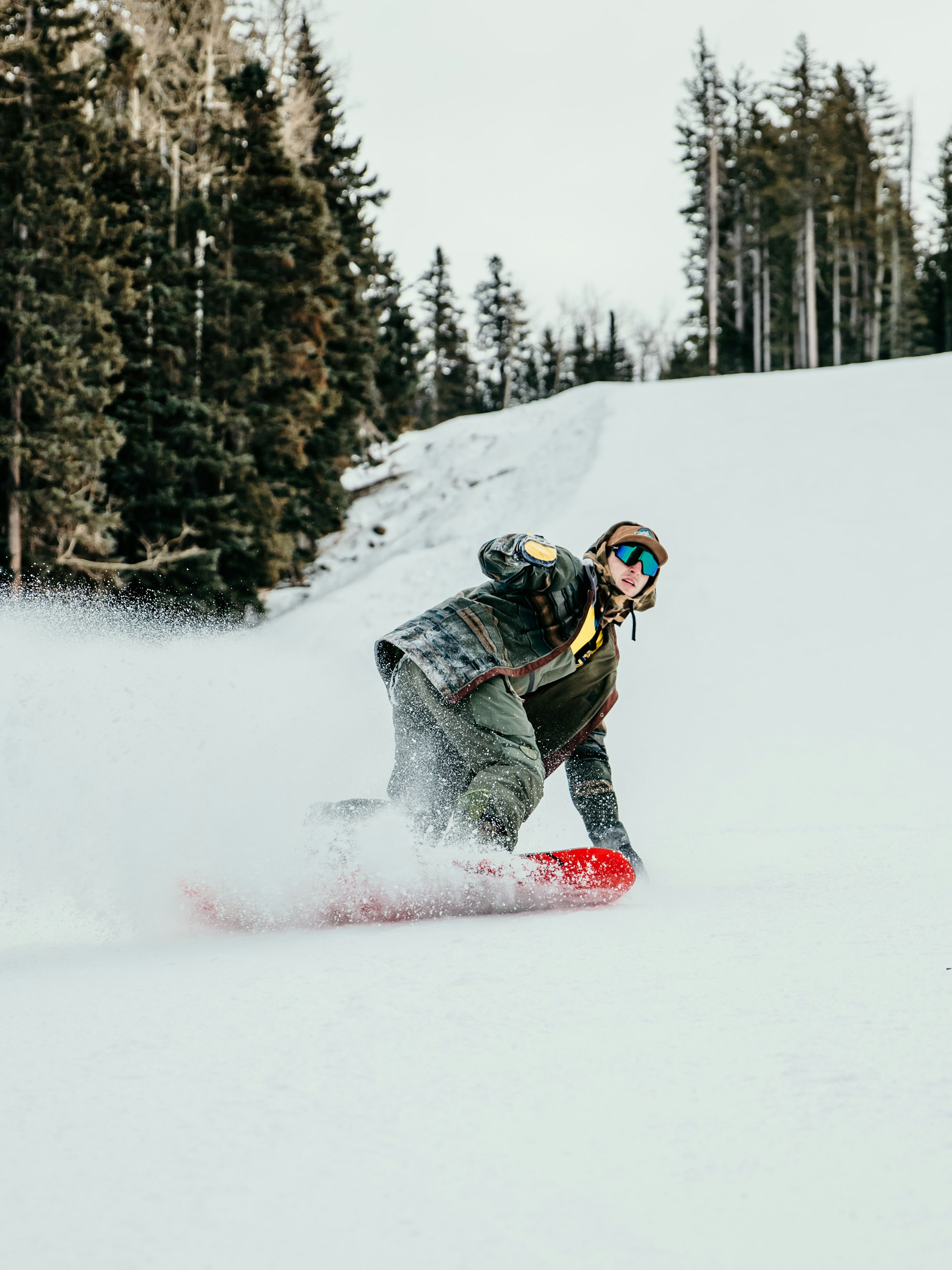




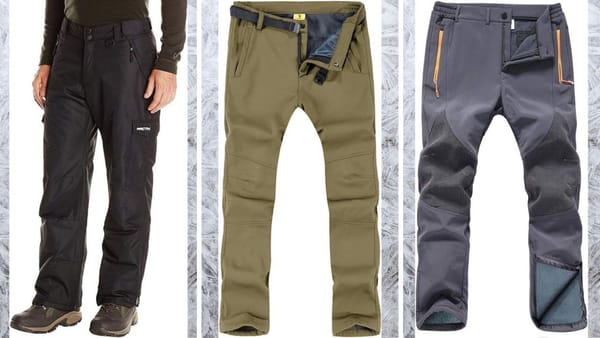




Member discussion